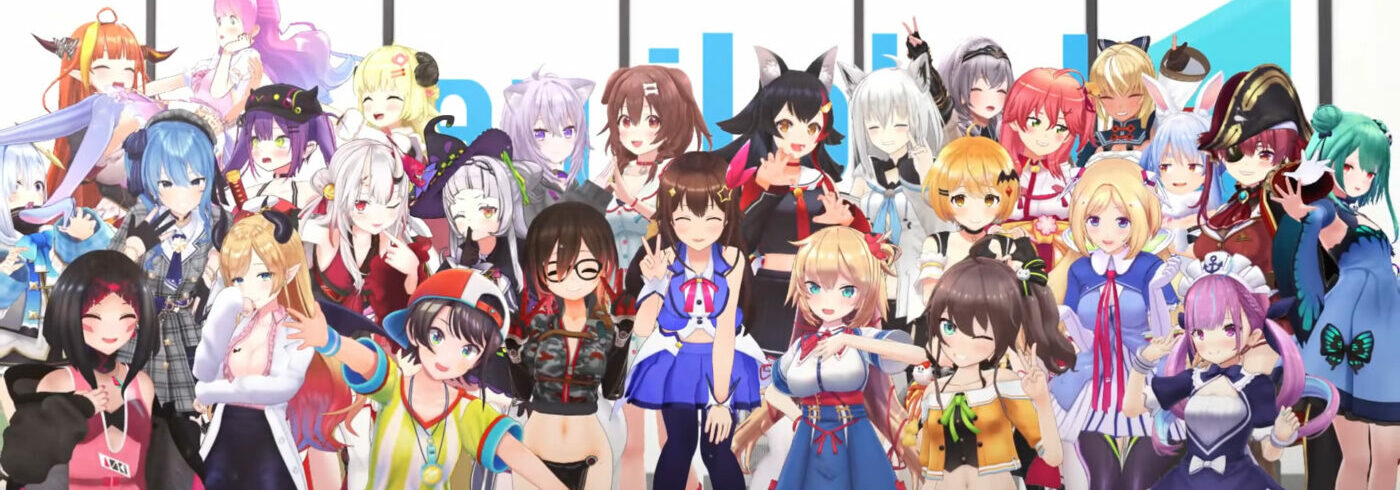
Trend Alert | VTubers
Trend Alert introduces you to the latest trends that are impacting the daily lives of 16-24s.
When we first wrote about virtual influencers such as Lil Miquela, they were the creations of digital artists and marketing agencies, and the main conversation around them was how they could be used to promote brands, much like a real influencer. What the marketing industry failed to consider was how quickly the technology required to create a virtual influencer would become widely available, and subsequently, the opportunity this presented for everyday people to become influencers via a virtual representation of themselves.
Currently, a career as an influencer is significantly more likely to be a viable option for a certain demographic: the conventionally attractive, able-bodied young person with the confidence to come across well on camera. A new form of virtual influencers known as VTubers is opening up this opportunity to a much broader range of people.
The VTuber trend started in the mid-2010s in Japan, where creators took inspiration from anime to design virtual characters and animate them using programs such as Live2D. These characters appear not only in animated videos but in livestreams, where they interact live with viewers and other VTubers. The first VTuber to gain a large following was Kizuna AI, who now has 2.8 million YouTube subscribers and 2.7 million on TikTok. Thanks to her popularity, many other Japanese VTubers emerged in the following years, but it was in 2020 that the trend crossed over to a global audience.
According to YouTube’s Culture and Trends Report, VTubers were attracting a combined 1.5 billion monthly views on the platform by October 2020. For the most successful VTubers, there’s significant money to be made thanks to monetisation opportunities on Twitch and YouTube. In fact, VTubers dominate the list of streamers who have earned most worldwide from YouTube’s Super Chat feature, where fans pay to make their messages more visible. Brand partnerships, such as Kizuna AI’s campaign to launch the iPhone XS in 2018, are another revenue source for the biggest virtual stars.
Like real YouTubers, top VTubers form collectives and are signed to talent agencies. In 2020, the girlgroup Hololive brought the trend to an international audience. Also last year, the first English-speaking VTuber agencies were created in the US, including VShojo, launched by one of the founding team members of Twitch. So far, the trend is still a niche, popular with gamers and fans of K-pop and anime, but the concept certainly has potential to cross over to mainstream popularity, and considering the fast growth of VTubers so far, that moment may not be far away.
Want more stories like this? Subscribe to our newsletter for weekly updates on the latest youth trends direct to your email inbox.



